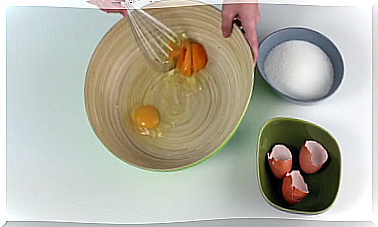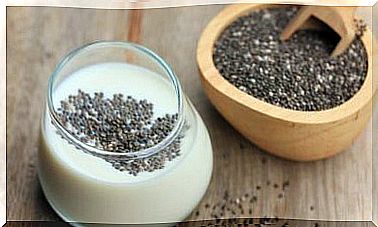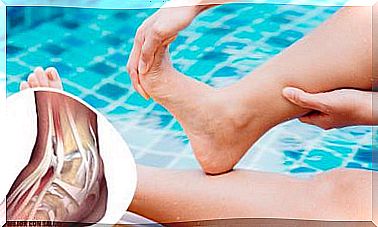The Fitball To Relieve Pain And Strengthen The Lower Back
The Swiss ball, also known as a fitball, is a common element in gyms and physiotherapy centers. What exercises can we do with it and what benefits do they give the body?
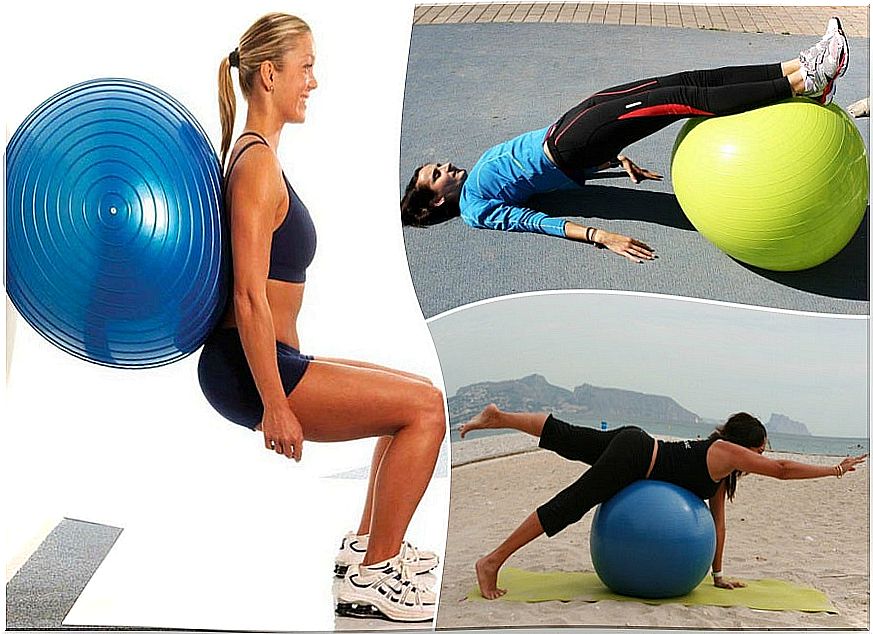
On occasion, you may have seen huge plastic balls in the gym or other sports space. They are called fitballs , that is, ‘ fitness ball ‘ . These balls are often used to do various exercises, and here we are going to tell you more about them.
Currently, this element is an excellent alternative to exercise in a comfortable and healthy way. Also known as a “swiss ball” or “gymnastic ball,” it is very practical for doing strength training routines. Likewise, this ball is very versatile, since it can be used in various ways and in different spaces, such as the gym, home or work.
Fitball and pain in the lower back

The Swiss ball or fitball is quite a popular option. In addition to being used in popular low-impact sports like Pilates and yoga, it is also widely used in physical therapy.
For example, it is used to carry out exercises to relieve back pain, which is often the result of having weak stabilizing muscles, which leaves all support to the joints. To prevent this from occurring, it is necessary to strengthen the muscles in this region.
In that order of ideas, the fitball appears as an excellent alternative to work this area of the body. Exercises with this ball are generally simple and can activate stabilizer muscles.
Why use the fitball for the lower back?
The fitball is an unstable surface. When you sit or put pressure on this ball, the body will automatically activate its natural balancing reactions. Precisely, one of the most important components of the balance system are the stabilizing muscles of the core of the trunk.
With repeated use of this element, the stabilizing muscles will work as they should again. By activating and working your stability muscles, you greatly reduce the likelihood of lower back pain appearing.
Working with the fitball or Swiss ball can improve posture, muscle strength and stabilization of the spine. This is confirmed by the academic literature on the subject, such as a study published in the journal High Performance: Sports Science, Training and Fitness . Next, we will see some examples of exercises with this element:
Flexion and cross extension on fitball
This is a good exercise for the work of the lumbar muscles. The technique to execute it is the following:
- Begin in a quadruped position —that is, with support on your hands and feet— and with your abdomen resting on the ball.
- Then, raise one leg and the opposite arm in a coordinated way, while paying attention to controlling the position of the lumbar spine.
- Then perform the movement with the other leg and the other arm.
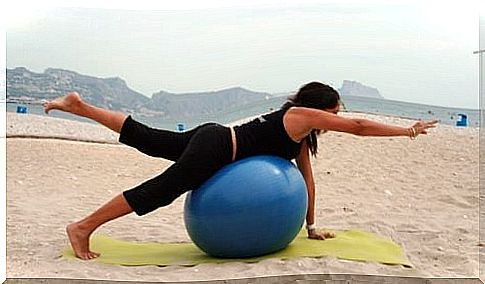
Squats with fitball
According to professionals at Harvard Health Publishing, squats are an exercise that allows you to exercise the muscles of the lower extremities, but also the middle zone. This is because these muscles provide stability when doing the movement; with fitball , its implication is even greater.
- Place the ball against the wall and hold it with your back, so that it is between the wall and the wall.
- Correct your posture and keep your back straight, feet shoulder-width apart, and head straight, looking straight ahead.
- Lower yourself into a squat position while maintaining contact with the ball, so it does not fall.
- Repeat the movement as many times as you can.
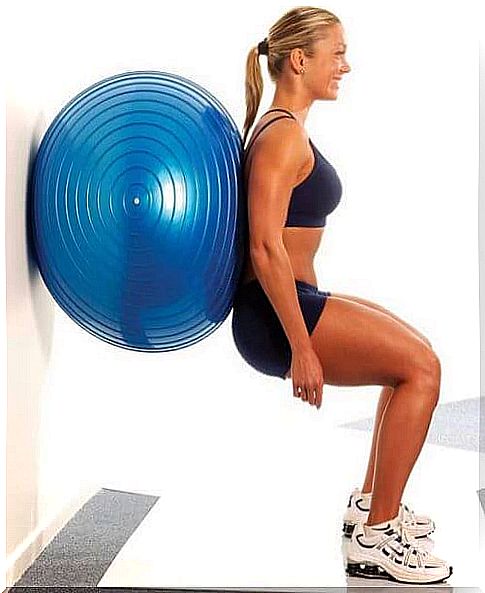
Get a complete exercise routine
When using the fitball , the exercises are carried out in a controlled and bearable manner. Do not limit yourself to training the middle zone with it, but you can perfectly consult with a professional trainer to tell you how to strengthen other parts of the body from other exercises with the fitball .
The use of the ball not only contributes to muscle strengthening, but also reduces the impact on the body in general. Maintaining the alignment of the body on the ball stimulates the natural reflexes and leads the body to react as a unit. This makes everyday movements easier.
In addition, this type of training activates all the muscles, so it helps to maintain correct posture and balance. Its versatility and dynamism will produce very good results; feel free to try them.




